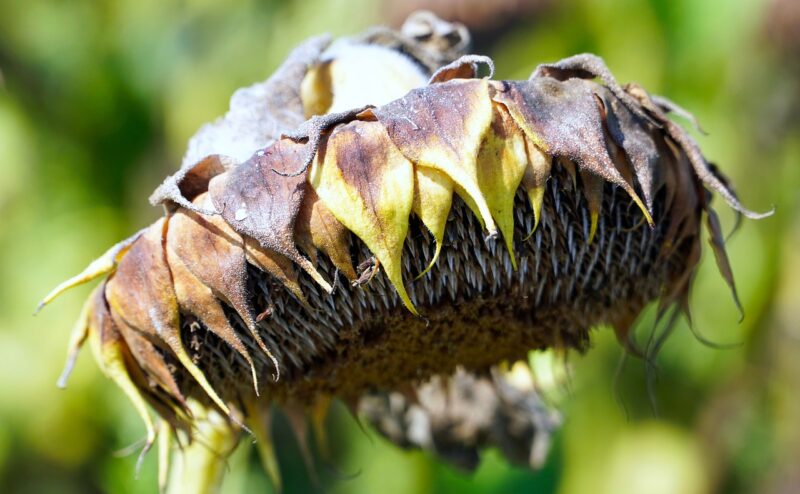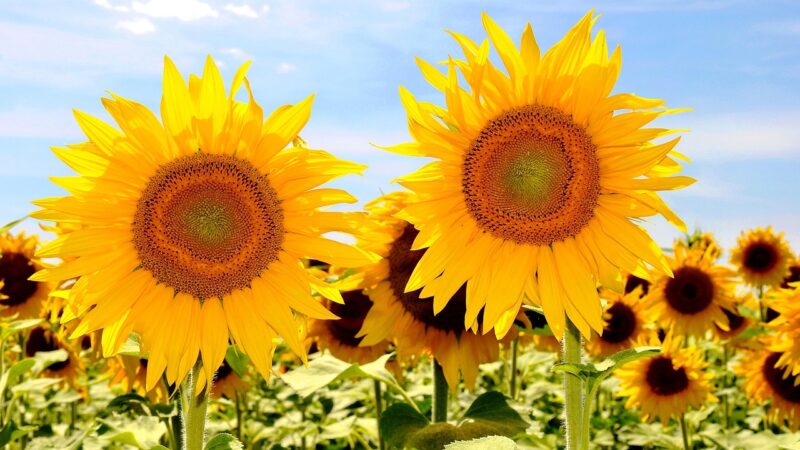In this comprehensive blog post, we will explore the ins and outs of planting sunflowers, focusing on the ideal locations, soil requirements, companion plants, and helpful tips to ensure your sunflowers thrive.
Understanding Sunflower Varieties
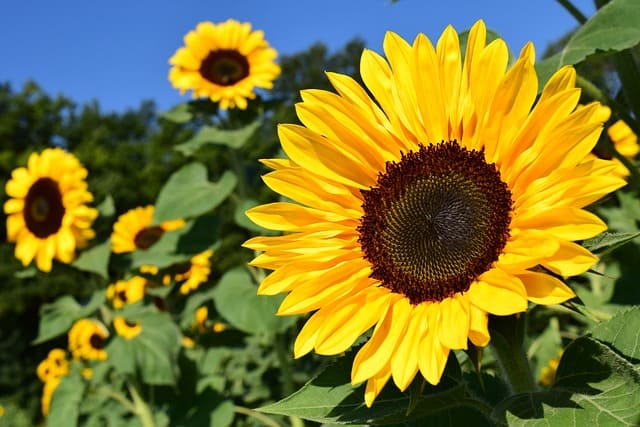
Before diving into the specifics of planting locations, it’s essential to understand the various types of sunflowers available. Sunflowers (Helianthus annuus) come in assorted sizes and shapes, ranging from towering giants that can reach heights of over 12 feet to dwarf varieties standing just a foot tall. Each variety has its own ideal growing conditions and characteristics.
Common Varieties to Consider:
Giant Sunflowers: These can grow impressively tall and are often used as a backdrop in gardens or as a source of seeds for snacking and bird feed.
Dwarf Sunflowers: Ideal for container gardens or smaller spaces, these compact beauties pack a punch with their bright blooms.
Teddy Bear Sunflowers: With their fuzzy, double-petaled flowers, these sunflowers add a unique texture to any garden.
Knowing which variety you want to grow is the first step in determining where to plant sunflowers, as their requirements can vary based on their height and structure.
Choosing the Right Location
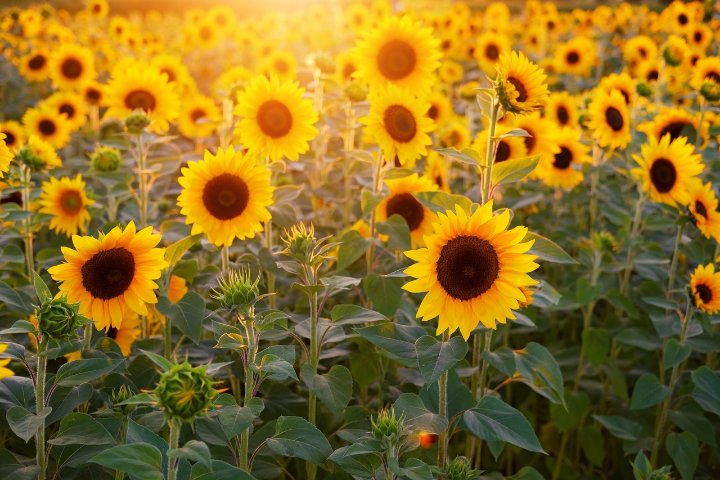
Once you’ve chosen your sunflower variety, it’s time to select the perfect planting spot. Sunflowers thrive under certain conditions, and understanding these can mean the difference between robust, towering blooms and lackluster ones.
Sunlight Requirements
Sunflowers are known as heliotropic plants, meaning they are naturally inclined to face the sun. Thus, it’s paramount to plant them in a location that receives ample sunlight, ideally 6 to 8 hours per day. Here are some tips:
Full Sun: Select a south-facing spot in your garden. This orientation offers maximum sun exposure throughout the day.
Avoid Shade: Do not plant in shaded areas near trees or tall buildings, as this will hinder your sunflowers’ growth and flowering potential.
Consider Microclimates: Does your garden have areas that warm up faster than others? Use these microclimates to your advantage, especially in cooler regions.
Wind Protection
Tall sunflowers can become top-heavy, and strong winds can topple them over. Choose a sheltered location that provides some windbreak, such as next to a fence or a group of shorter plants.
Soil Selection and Preparation

Sunflowers are not particularly demanding when it comes to soil, but the right soil conditions can optimize their growth and health.
Ideal Soil Conditions
Sunflowers prefer well-draining soil with a pH level between 6.0 and 7.5. Here’s how you can prepare your soil for planting:
Testing Soil: Obtain a soil testing kit to see the pH and nutrient levels. This can guide your amendments.
Amendments: If your soil is heavy clay or too sandy, amend it with organic matter such as compost or well-rotted manure. This will improve drainage and provide essential nutrients.
Tilling the Soil: Loosen the soil to a depth of at least 12 inches before planting. This helps the roots establish and access the nutrients they need.
Drainage Considerations
While sunflowers appreciate moisture, they do not like to sit in waterlogged soil. Ensure the chosen site has good drainage. Avoid areas where water tends to pool after heavy rains.
Companion Planting with Sunflowers
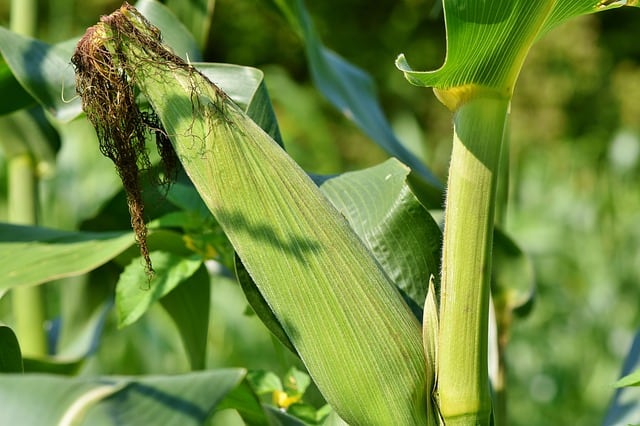
Companion planting involves growing different plants in proximity for mutual benefit. When it comes to sunflowers, certain companions can enhance growth, deter pests, and support healthier plants overall.
Beneficial Companions
Bush Beans: These can help fix nitrogen in the soil, benefiting the sunflowers as they grow.
Corn: Corn provides vertical growth that pairs well with the tall sunflowers, creating a beautiful layered effect.
Cucumbers: Planting cucumbers nearby can help shade the soil, maintaining moisture and reducing weeds.
Avoiding Bad Companions
Potatoes: Sunflowers can attract pests that also target potatoes. It’s best to keep them separated.
Sage: This herb can inhibit sunflower growth, so avoid planting them in close proximity.
Timing Your Planting
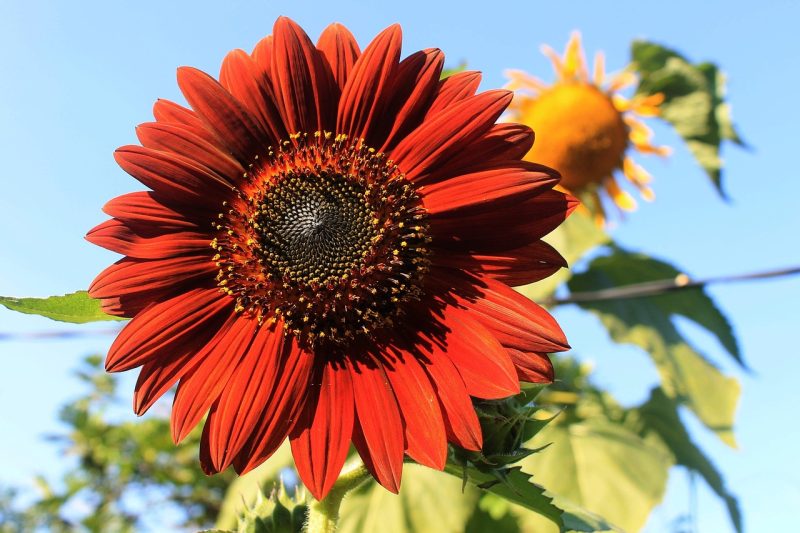
Timing plays a significant role in the success of sunflower cultivation. Planting at the right time will lead to healthy blooms and abundant seeds.
Best Planting Time
Spring Planting: The ideal window is when the danger of frost has passed and ground temperatures reach about 70°F. This usually falls in late April to early June in most regions.
Succession Planting: For an extended bloom time, consider planting sunflowers in intervals every few weeks. This can help ensure that you have vibrant blooms throughout the summer.
Seeds or Seedlings?
While you can plant sunflowers directly into the ground as seeds, starting them indoors can give them a head start. If you choose seedlings, be mindful of the last frost date to prevent damage.
Planting Techniques and Spacing
With everything prepared, it is now time to plant your sunflowers. Proper planting techniques ensure healthy growth and ample airflow around your sunflowers.
Direct Seeding
Plant Depth: Sow seeds at a depth of about 1 to 2 inches.
Spacing: Depending on the variety, space seeds about 6 to 12 inches apart. Taller varieties need more space to sway in the wind without crowding one another.
Seedling Transplanting
If you’re transplanting seedlings, wait until they have at least two sets of true leaves. This will help ensure they can withstand the shock of being moved.
Watering Post-Planting
Water thoroughly immediately after planting. Keep the soil consistently moist until the seedlings emerge, typically within 7 to 10 days. After establishment, sunflowers are quite drought resistant.
Caring for Your Sunflowers
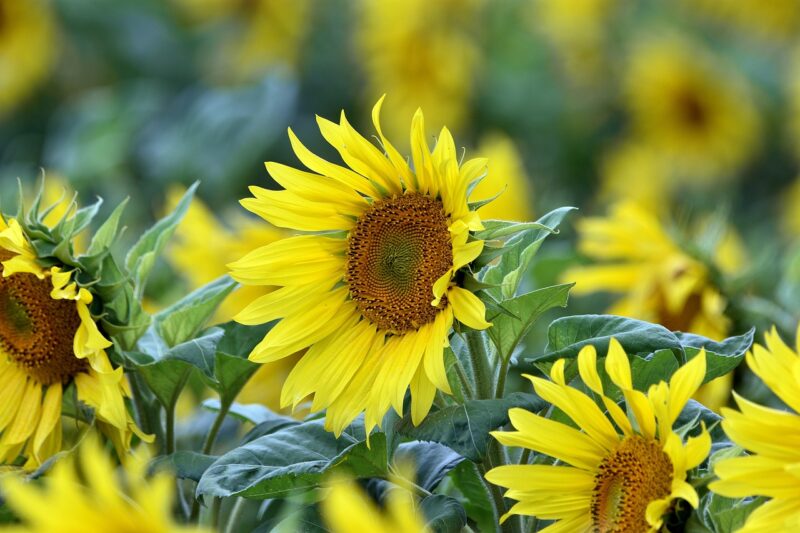
Once planted, sunflowers will require some basic care to ensure they thrive throughout their growing season.
Watering Needs
While sunflowers are resilient, they do appreciate regular watering, especially during dry spells. Aim for 1 inch of water per week, particularly during flowering.
Nutritional Needs
Feeding isn’t overly complicated for sunflowers. A light application of a balanced fertilizer when the plants are about 6 inches tall can provide a boost. Avoid over-fertilizing, as excessive nitrogen can promote top growth at the expense of flowers.
Pest Management
Watch for common pests such as aphids, beetles, and caterpillars that may damage your sunflowers. Natural pest control methods, such as introducing beneficial insects like ladybugs, can help manage problems without harsh chemicals.
The Art of Harvesting Sunflowers
After investing time and care, you’ll eventually want to harvest your sunflowers. Knowing the right timing and technique is crucial for a successful harvest.
When to Harvest
Seed Harvest: When the back of the sunflower head turns brown and starts to dry, it’s ready to harvest. Additionally, the seeds should be plump and firm when pressed.
Flower Harvest: For decorative purposes, cut the stems when about one-third of the petals have fallen off, ensuring the blooms are still fresh and vibrant.
Harvesting Techniques
Use sharp garden shears or scissors to cut the stem, leaving several inches above the head. If harvesting seeds, you may need to allow the heads to dry out in a well-ventilated area for several days before extracting the seeds.
Creative Planting Ideas for Sunflowers
Last but not least, let’s explore some creative ways to incorporate sunflowers into various garden designs.
Vertical Gardening
Use sunflowers to create vertical interest. Plant them alongside trellises for climbing plants or in garden beds with varying heights to create an eye-catching contrast and dimensions.
Border Planting
Plant sunflowers along garden borders, walkways, or fences. This not only frames your garden but also acts as a natural windbreak for more delicate plants.
Family-Friendly Gardens
Consider creating a sunflower maze for kids in your garden. This can provide fun, interaction, and educational opportunities about nature and growth while offering a beautiful visual spectacle.
Cutting Gardens
Create a dedicated cutting garden with sunflowers mixed with other flowers for bouquets. Sunflowers look stunning with zinnias, cosmos, and dahlias. They thrive in this colorful bouquet setting!
Wildlife Gardens
Sunflowers are an excellent inclusion in wildlife gardens, attracting bees, butterflies, and birds. Allow some heads to dry on the plant to provide seeds for birds during the winter months.
Conclusion
In conclusion, planting sunflowers is an enriching experience, bringing not only beauty but also joy and benefits to your garden. By carefully considering the planting location, soil conditions, companion plants, timing, and maintenance, you’re well on your way to creating a sunflower haven.




